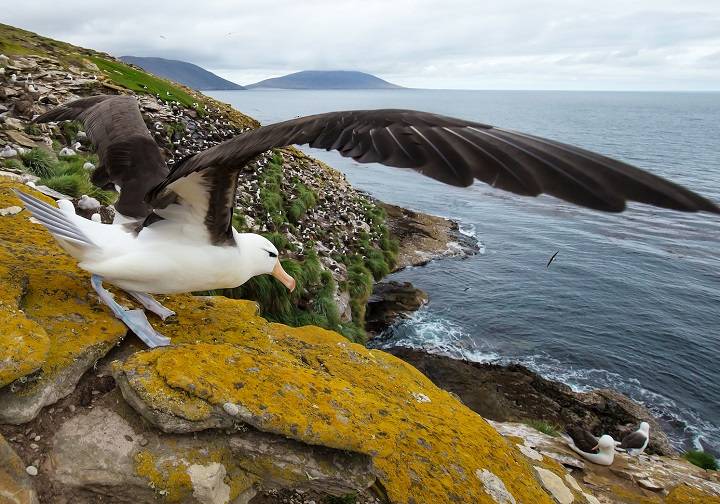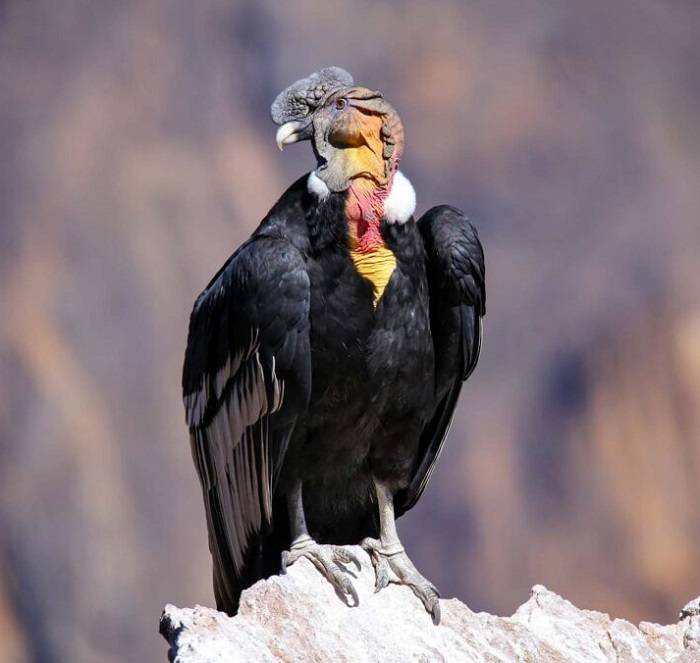In the vast expanse of the Earth’s skies, there exists a magnificent creature whose wingspan dwarfs that of any other bird – the albatross. Renowned for its impressive size, graceful flight, and remarkable endurance, the albatross holds a special place in the hearts and minds of bird enthusiasts and researchers alike. In this comprehensive exploration, we will delve into the captivating world of the albatross, uncovering its unique characteristics, extraordinary adaptations, and vital ecological role as the largest flying bird in the world.
Introduction: Soaring on the Wi2nds of the Southern Ocean
The albatross is a true marvel of evolution, perfectly adapted to life on the open ocean. With its expansive wingspan and effortless gliding flight, the albatross is a master of the skies, capable of traversing vast distances with minimal effort. Found predominantly in the Southern Ocean, these majestic birds spend the majority of their lives in flight, foraging for food, and riding the winds that sweep across the open seas.
Anatomy and Physical Characteristics
At first glance, the most striking feature of the albatross is its impressive wingspan, which can exceed 11 feet (3.5 meters) in some species. This immense wingspan allows the albatross to soar for hours or even days at a time without flapping its wings, conserving energy and covering vast distances with ease. In addition to its wings, the albatross boasts a streamlined body, long, narrow wings, and a powerful beak adapted for catching prey in the water.
Species Diversity and Distribution
The albatross belongs to the family Diomedeidae, which includes 22 species distributed throughout the Southern Ocean and the North Pacific. While some species are endemic to specific regions, such as the Wandering Albatross of the Southern Ocean, others are more widely distributed, with populations ranging from the sub-Antarctic islands to the coastlines of South America, Australia, and Africa. Despite their wide distribution, albatross populations face numerous threats, including habitat loss, climate change, and bycatch in fisheries.
Feeding Ecology and Foraging Behavior
As apex predators of the open ocean, albatrosses are highly skilled hunters capable of capturing a wide variety of prey, including fish, squid, and crustaceans. Using their keen eyesight and sense of smell, albatrosses can detect prey from great distances, diving and plunging into the water to catch their quarry. Some species, such as the Wandering Albatross, are known for their ability to cover immense distances in search of food, traveling thousands of miles in search of productive foraging grounds.
Breeding Biology and Life History
Breeding among albatrosses is a complex and highly ritualized process that takes place on remote islands and atolls scattered throughout the Southern Ocean. Mating pairs engage in elaborate courtship displays, involving synchronized dancing, vocalizations, and bill-fencing rituals, to establish and reinforce pair bonds. Once a pair has formed, they will construct a nest of grass, twigs, and other materials, where the female will lay a single egg. Both parents share in the responsibility of incubating the egg and caring for the chick until it is ready to fledge.
Conservation Challenges and Efforts
Despite their remarkable adaptations and ecological importance, albatross populations face numerous threats to their survival, primarily as a result of human activities. Habitat destruction, pollution, climate change, and fisheries bycatch are among the greatest threats facing albatross populations today. In response to these challenges, conservation organizations and governments around the world have implemented a variety of measures to protect albatrosses and their habitats, including the establishment of marine protected areas, mitigation measures to reduce bycatch in fisheries, and public awareness campaigns to educate the public about the plight of these iconic birds.
Largest Flying Bird In The World
In conclusion, the albatross stands as a symbol of freedom, endurance, and resilience in the face of adversity. As the largest flying bird in the world, the albatross embodies the beauty and majesty of the natural world, captivating all who encounter it with its grace and magnificence. By understanding and appreciating the unique characteristics, adaptations, and ecological significance of the albatross, we can gain a greater appreciation for the wonders of the avian world and the importance of protecting and preserving the habitats in which these magnificent birds thrive.




